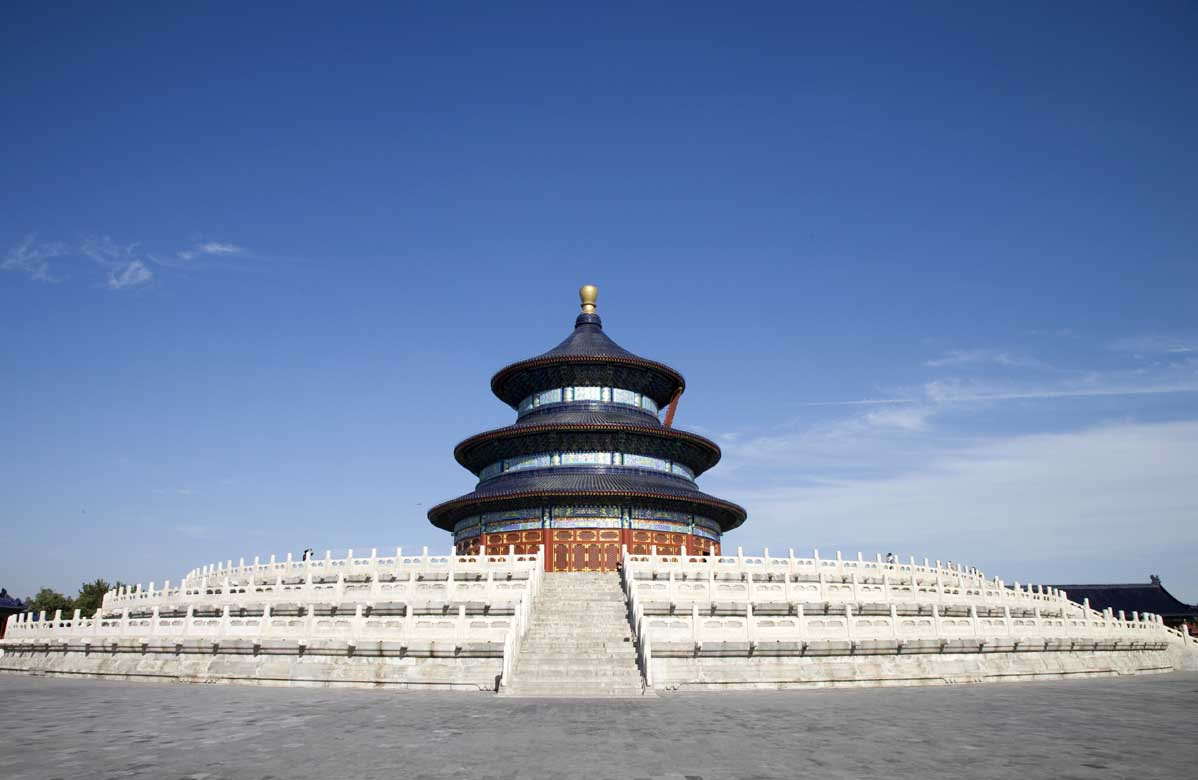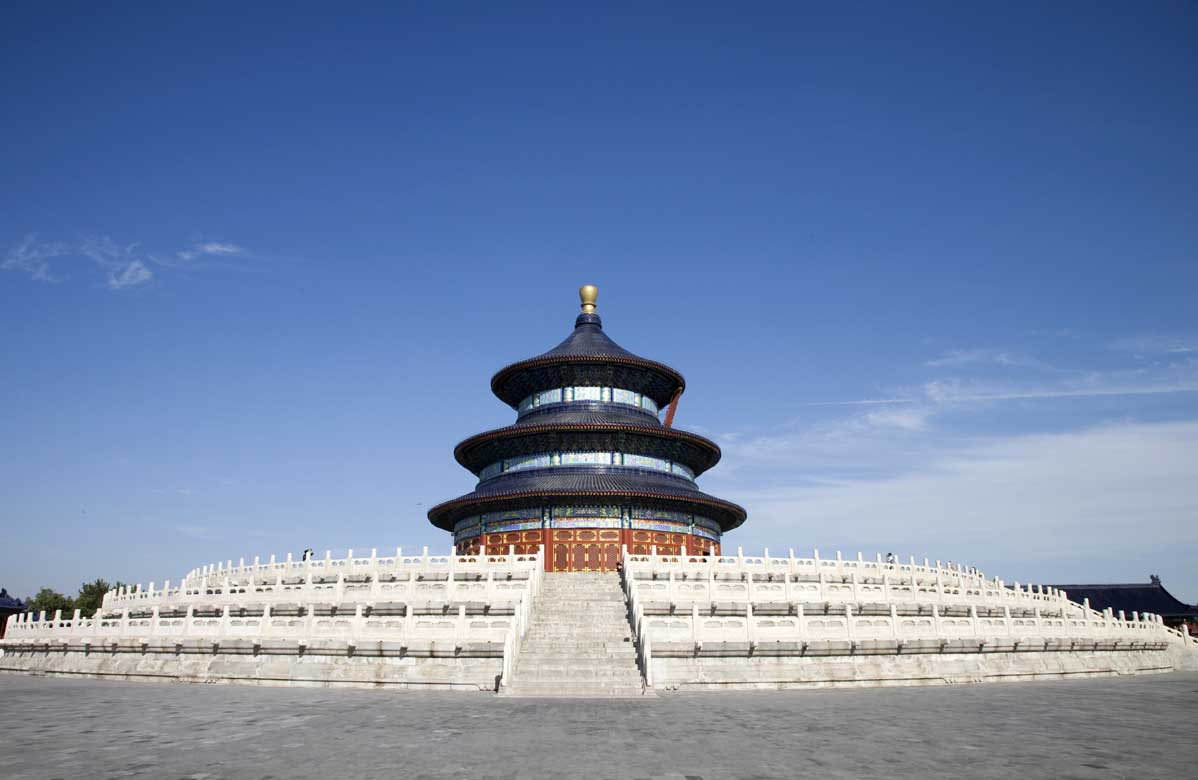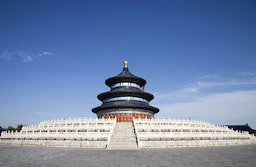Trending travel articles
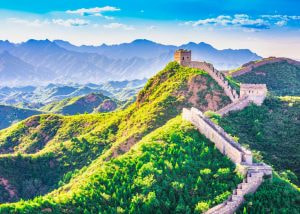
How to Plan a Trip to the Great Wall of China – Tips and Best Spots!
Summary: This blog provides comprehensive guidance for planning a trip to the Great Wall of China, highlighting the best sections to visit, such as Badaling and Mutianyu, and offering tips on the ideal times to explore this historic marvel. It emphasizes the significance of the wall as a symbol of China’s rich history and architectural […]
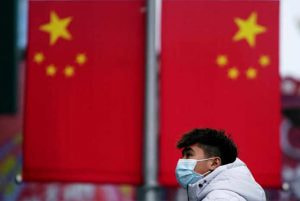
How Is Life in China After COVID-19?
The planet has always been a beautiful place to live in. And ingenious minds have even made it better. The developed cities, modernity and of course the highly advanced technology are some of the factors proving in this regard. These and many other aspects have made the day to day lives of masses really convenient […]
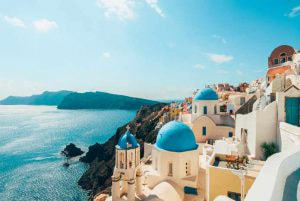
Take A Virtual Tour From Home To These 54 Famous Attractions!
Bored at home due to quarantine? The pandemic COVID-19 has left many people feeling the same way. We all are trying to keep ourselves active and working from home yet it’s still not the same. To starve your boredom we have come up with 54 most interesting places to visit in the world virtually! So […]
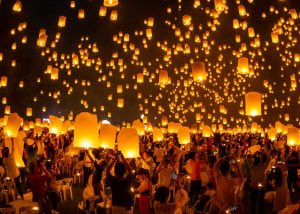
11 Unique World Festivals You Should Visit At Least Once
Apart from scenic sights and beautiful landscapes, one of the factors that give the best feeling while being on vacation is to be a part of some local festival. Undoubtedly, festivities are the aspects of the world and every place has some or the other kind of festival and celebration. Exploring these facets also becomes […]
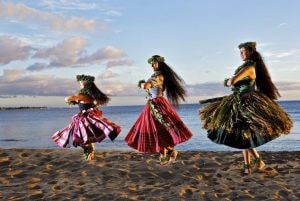
10 Interesting Dance Destinations Across The World
One of the best ways to know about a country’s culture is through the art that it has given to the world and dance being one of them; here is a list of 10 interesting dance destinations across the world with our Japan Tours 1. Dragon Dance, China Often performed during Chinese New Year, Dragon […]

Don’t Let 2020 Slip Away from your hands! Plan A Holiday To These Destinations
Never mind if you couldn’t plan a perfect vacation in 2019, you can avoid making the same mistake again by planning your holiday beforehand. To help you plan out your 2020 holiday, here is a list of destinations you shouldn’t miss in the coming year. 1. South Africa Serene, adventurous, beautiful, exotic and luxurious, South […]
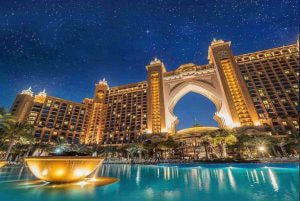
Where To Travel In Diwali 2019?
Confused where you should visit this Diwali? Majority of our time goes in short listing the places we want to visit and before we know it, the time to book our tickets is near and we wonder if only we’d planned better. So to help you out with your confusion and save you a lot […]

7 College Campuses That Are Worthy To Visit
Have you ever wondered how would it feel to be a part of the best universities of the world? Whether or not into books haven’t you even for once wondered how would it feel like to sit and enjoy a cup of coffee on the benches of a beautiful college campus? Or simply visit it […]
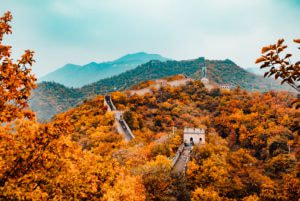
7 Popular Tourist Attractions in China
China is a vast nation with diversified topography. Here, we have selected popular lakes, hill station, river, city, cultural and heritage sites as major attractions. The all-inclusive China Holiday Tour Packages are the best to book for an individual and groups as well. If you are looking for a destination that is full of exotic places, […]
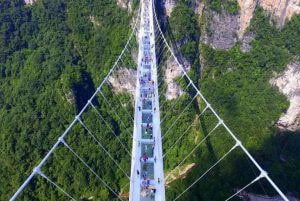
All About World’s Largest Glass Sky-walk In China
The world is undoubtedly a hub of wondrous factors. Many of these have occurred from Mother Nature while various others have also been contributed by man. There are many examples from past where man-made architectures have attracted the world. Taj Mahal, Eiffel Tower, Empire State Building, Statue of Liberty, Leaning Tower of Pisa are some […]
